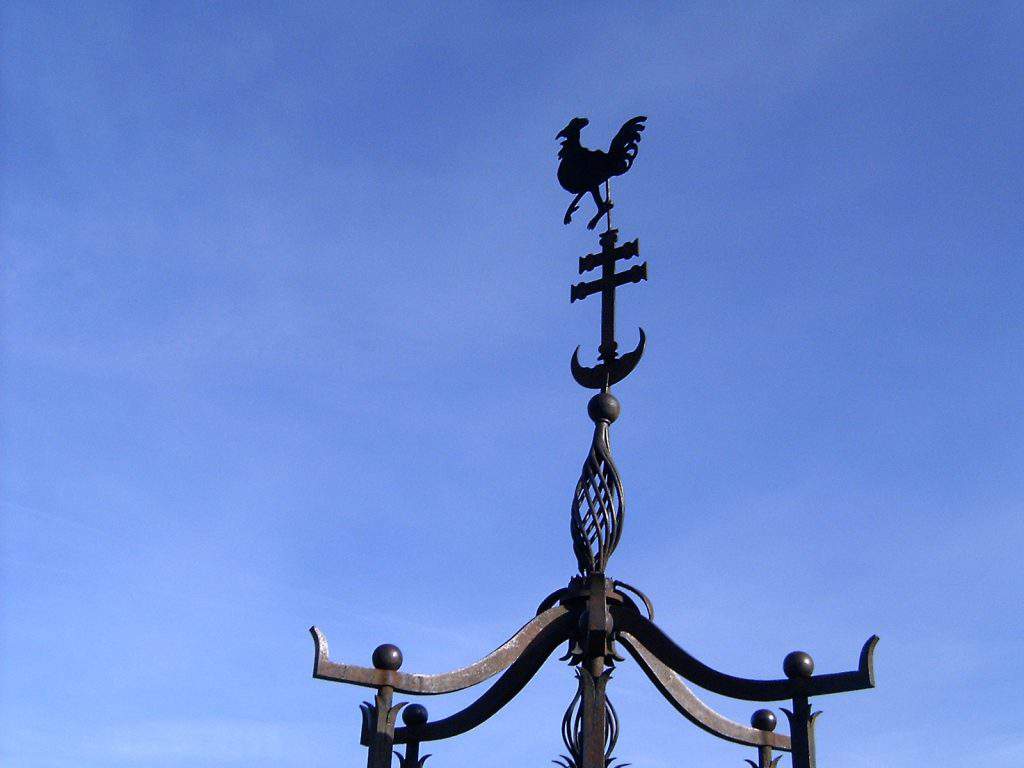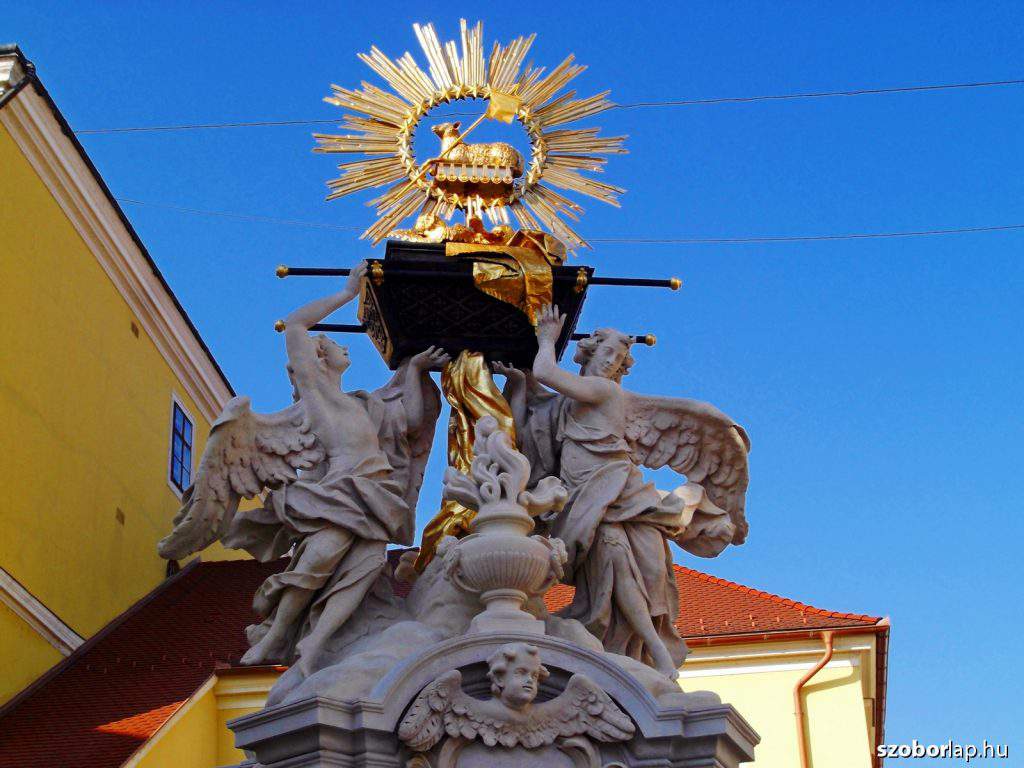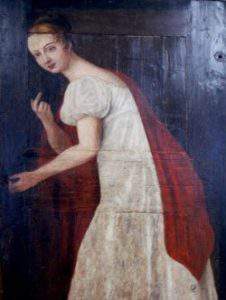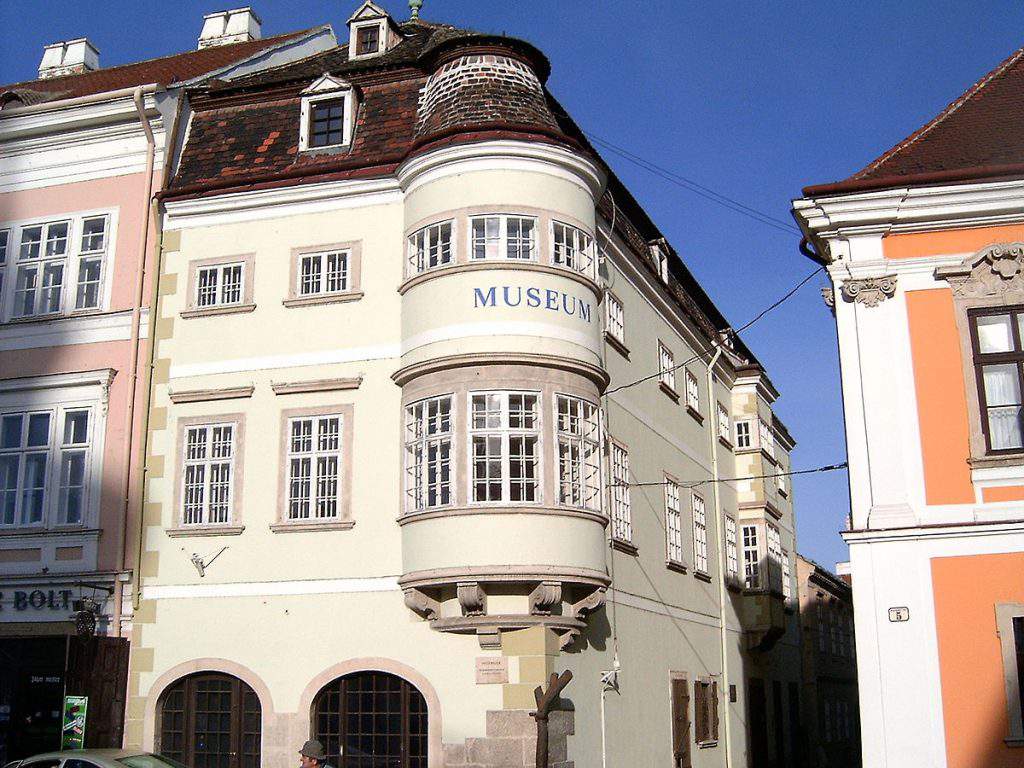4 legendary stories about the town of Győr

After looking at the legends connected to famous sights in the capital, we are changing the direction towards major cities in different parts of the country. In this series, we collected 4 legends about the city of Győr about which we are going to unveil some secrets. Join us and get to know more about this historical city.
1. The history of the iron rooster
The legend of the iron rooster is the most well-known story of Győr. As Irodalmijelen.hu reports, it symbolizes the victory of freedom, courage and Hungarian inventiveness. The fairy-tale-like legend revives the story of the recapture of the castle of Győr from the Turkish army. The iron rooster sitting on the bastion was meant to show the direction of the wind, but the leader of the Turkish army, Szinán pasha, believed that the castle is impregnable until the iron rooster does not crow.

The other protagonist of the story is a cobbler, called Ferkó Bajusz, who, climbing up the bastion where the rooster sat, crowed like a cock on the night of the siege. In fact, the inhabitants of Győr wanted to recapture their castle for quite a long time and the sound of a trumpet blown by Ferkó made the Turkish army believe that the prophecy came true.
What we know for sure is that under the cover of darkness, the Hungarian and Austrian troops blew up the Fehérvári gate and recaptured the castle. As far as the famous iron rooster is concerned, it is still preserved in the János Xántus Museum in Győr.
If you happen to visit the city, do not forget to find this historically significant object as well.
2. Statue of the Ark of the Covenant
The Statue of the Arc of the Covenant stands in Gutenberg Square. This is a Baroque monument of the city the history of which dates back to 1729, reports Kisalfold.hu. The statue is related to a runaway soldier, György Weingasser, who found refuge in the Jesuit church of Győr. He was accused of bigamy, adultery and of using a false name. At the procession organised in the framework of the feast of Corpus Christi, he was helped to get to the bishop’s place and was dressed like an acolyte.


However, despite the effort to disguise the runaway soldier, he was recognised by his mates drinking in the local pub who also informed the police. Meanwhile, a fight broke out and the priest dropped the tabernacle with the Holy Wafer. People trampled on it which meant a great blasphemy and the rumour of desecration spread quickly.
The rumour about the blasphemy reached even the royal court in Vienna and it was Charles III who commanded to set up a statue asking for the pardon of God.
If would one wonder why the Ark of Covenant is the design of the statue, according to Turizmus.gyor.hu, the broken pieces of the tabernacle were put into a box after the fight, where they are still preserved by angels.
3. The White Lady of Lőcse

The story of the White Lady of Lőcse is undoubtedly the most bewitching Hungarian story that you have ever heard. While in many societies, the White Lady is a fictional character, the symbol of something bad coming to the house, this Hungarian woman was actually a real person. She is called Julianna Korponainé Géczy who became the protagonist of Mór Jókai’s novel and who was actually in prison after April 1713.
She was accused of helping the assailants capturing the castle of Lőcse during Rákóczi’s War of Independence, which broke out against the Habsburg absolutism.
Her role was mainly the role of a diplomat, which meant that she sent letters and messages to the two parties, but people believed that she actually caused the fall of the city. After a long legal procedure, she was executed on 25 September 1715 at today’s Széchenyi Square in Győr, but her story became immortalized in the novel of Mór Jókai.
4. The legend of the house with an iron stick
The house located in Széchenyi Square was named after the spiked stick placed on its side. According to one of the legends, a tree stood once in the place where now the house stands. It was at this tree that tradespeople travelling through the city met and shared their experiences, reports Szeretlekmagyarorszag.hu.
In order to commemorate their reunion in Győr, they hammered spikes into the stick made of wood and thus it became known as the iron stick.
As it is widely known, it was not enough for tradespeople belonging to a guide to learn the craft, but they also had to travel abroad to gain experience. Therefore, people took their sticks and packs and continued their journey in a different town. According to this source, the stick commemorates the wanderings of tradespeople from town to town.

In fact, another source mentions that the house was bought by Mátyás Zittritsh, apothecary, who made the stick to become a signboard for his business. the model of which was the Austrian Stock im Eisen. This idea seems to be more realistic and plausible, but who knows what the real truth behind the story could be 🙂
Take a closer look at this object!

Featured image: Wiki Commons by Slashme
Source: szeretlekmagyarorszag.hu; kisalfold.hu; irodalmijelen.hu; turizmus.gyor.hu






[…] of the journeymen; upon leaving, the men would hammer nails or spikes into the tree as a memento. dailynewshungary.com; hildszki.hu. Right image: The new copy of the Székesfehérvár Iron-Trunk has been inaugurated in […]